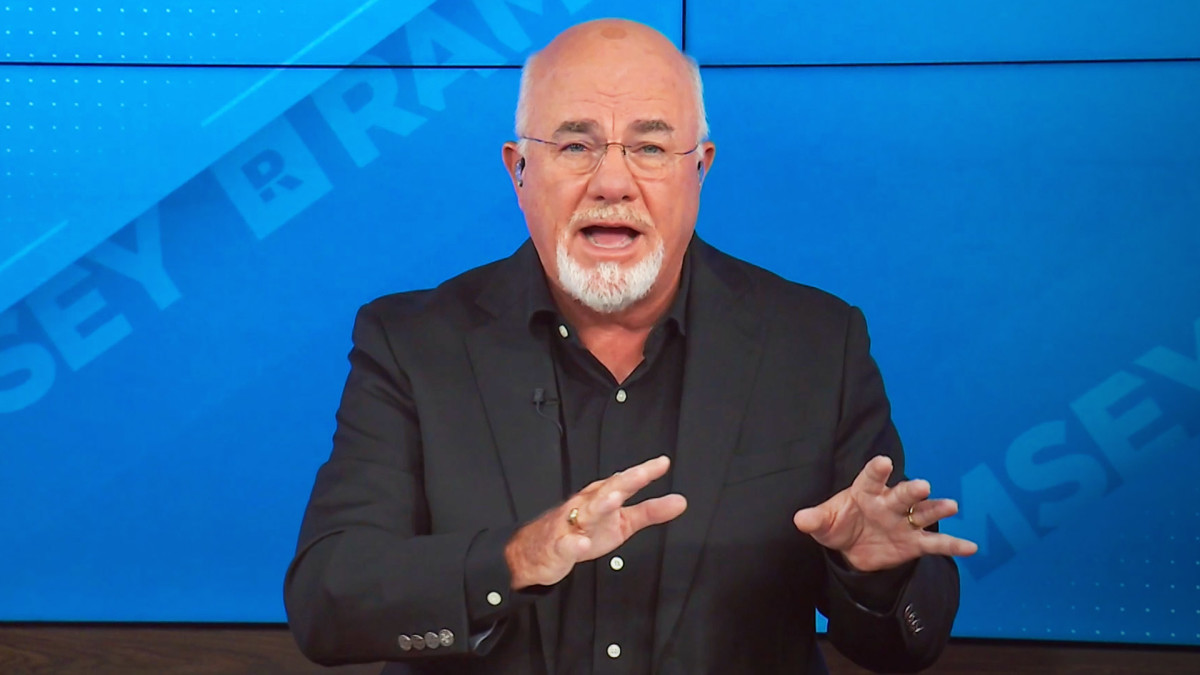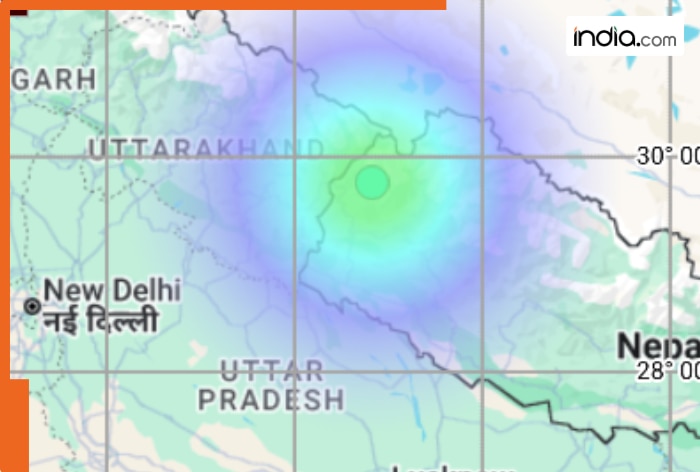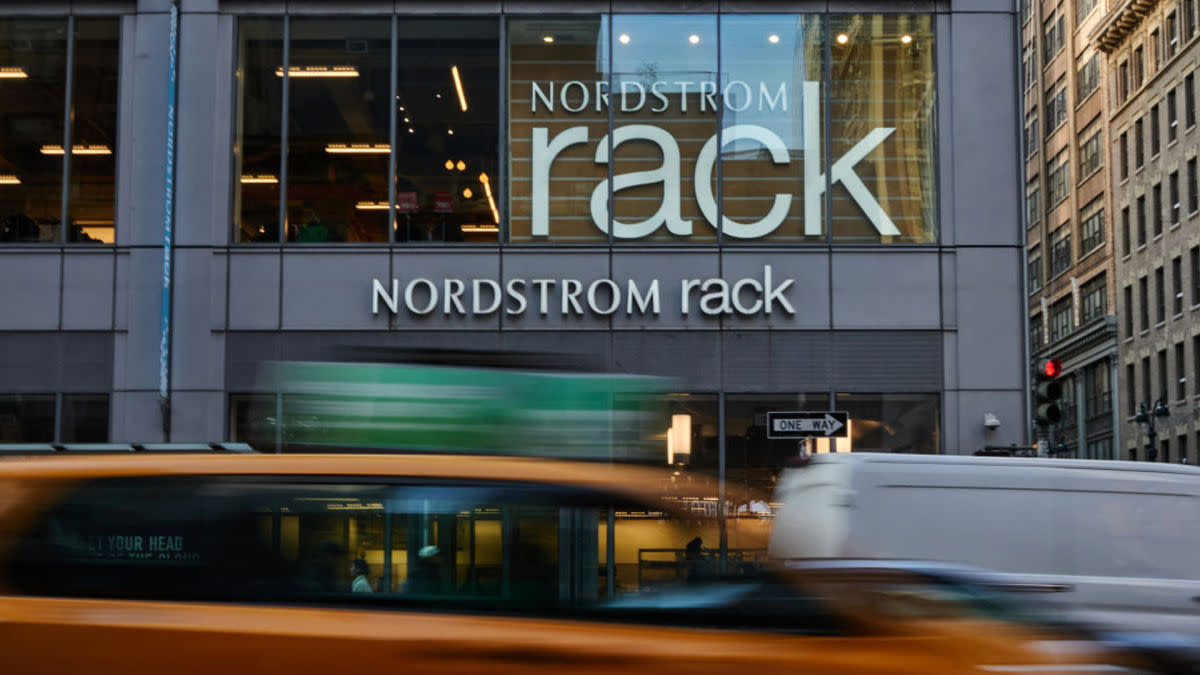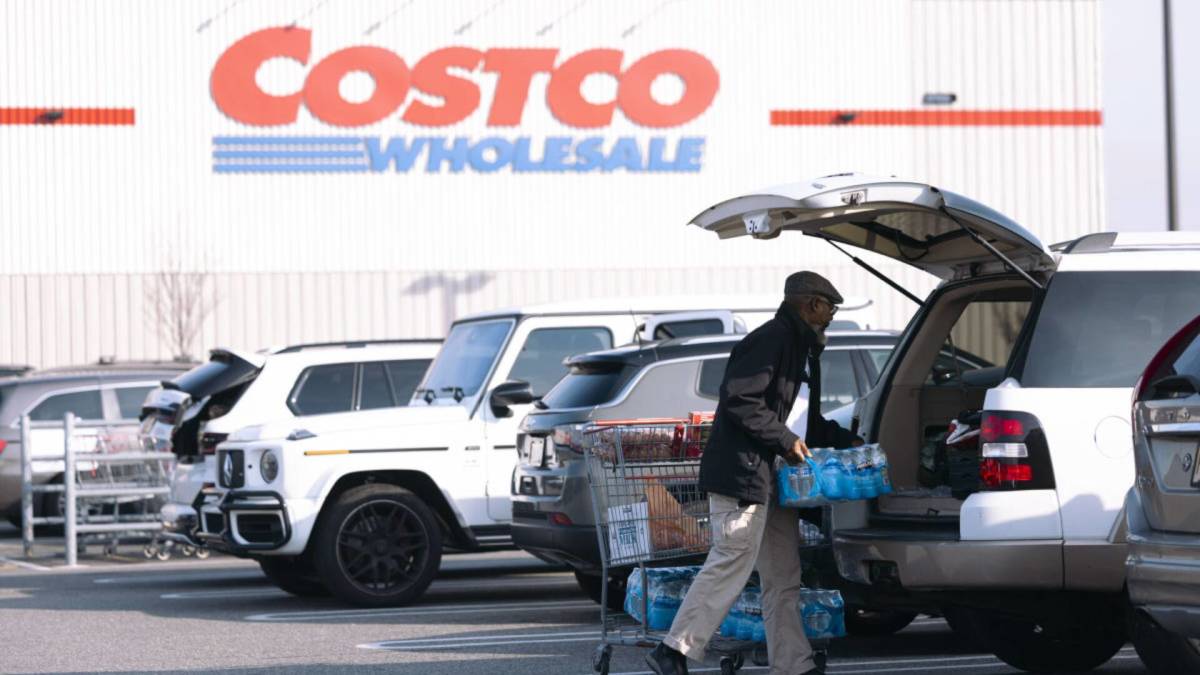Dave Ramsey sounds nationwide Medicare alarm
With Thanksgiving and the rest of the holiday season rapidly approaching, it's easy for many to lose sight of a major Medicare deadline that will arrive in the very near future. Personal finance bestselling author and radio host Dave Ramsey sounds the alarm for all Americans who hope to make ...

With Thanksgiving and the rest of the holiday season rapidly approaching, it's easy for many to lose sight of a major Medicare deadline that will arrive in the very near future.
Personal finance bestselling author and radio host Dave Ramsey sounds the alarm for all Americans who hope to make changes to their existing Medicare plans or want to switch plans entirely.
"Open Enrollment (also called the Annual Enrollment Period) happens from Oct. 15 - Dec. 7 and is the time each year when you can make changes to your coverage," notes Medicare.gov. "The changes you make during Open Enrollment are effective Jan. 1, 2026 (the plan must get your enrollment request by Dec. 7)."
To be extra clear, Dec. 7 falls on a Sunday in 2025, so people need to make changes by Dec. 7 at 11:59 p.m. local time. The deadline does not shift to Monday, Dec. 8, as the Centers for Medicare & Medicaid Services (CMS) sets Dec. 7 as a fixed annual date.
Ramsey emphasizes that the Annual Enrollment Period (AEP) is intended for making changes to a current plan or switching to or from Medicare Advantage and Original Medicare, not for enrolling in Medicare for the first time. Eisenmann/Unsplash
Medicare Annual Enrollment Period options
A person's options during the Medicare Annual Enrollment Period, according to Medicare.gov, are as follows:
- Change your Medicare Advantage plan: Join drop, or switch to another Medicare Advantage plan with or without drug coverage (or add or drop drug coverage).
- Change your drug plan: Join, drop, or switch to another Medicare drug plan if you’re in Original Medicare.
- Change how you get coverage: Switch from Original Medicare to a Medicare Advantage plan or from a Medicare Advantage plan to Original Medicare.
Related: Dave Ramsey, AARP warn Americans on Social Security
"If you switch to Original Medicare, you may need to join a separate drug plan and may want to add Medicare Supplement Insurance (Medigap)," explains Medicare.gov.
"Medicare Supplement Insurance (Medigap) is extra insurance you can buy from a private health insurance company to help pay your share of out-of-pocket costs in Original Medicare."
Applying to Medicare for the first time
The Initial Enrollment Period (IEP) is the first opportunity for one to sign up for Medicare, Ramsey clarifies.
"It starts three months before your 65th birthday month and runs through the three months after (total of seven months)," wrote Ramsey.
"Applying online through the Social Security website is the easiest and fastest route," he added.
Documents one needs to apply to Medicare
- Proof of age (like your birth certificate)
- Proof of U.S. citizenship or legal residency (like your passport or green card)
- Record of employment (like a W-2)
- Any marriage or divorce information
- Any military service information
- Any past Social Security benefit claims
Parts of Medicare
These are the Medicare parts, according to the Social Security Administration:
- Social Security enrolls you in Original Medicare, which includes Part A and Part B.
- Medicare Part A helps cover inpatient care in hospitals, skilled nursing facilities, home health care, hospice care, and inpatient care in a religious non-medical health care institution.
- Medicare Part B helps cover medically necessary doctors’ services, outpatient care, home health services, durable medical equipment, mental health services, limited outpatient prescription drugs, and preventative services.
- Other parts of Medicare are run by private insurance companies that follow rules set by Medicare.
- Supplemental (Medigap) policies help pay Medicare out-of-pocket copayments, coinsurance, and deductible expenses.
- Medicare Advantage Plans (Part C) include all benefits and services covered under Part A and Part B, plus prescription drugs and additional benefits such as vision, hearing, and dental.
- Medicare Part D helps cover the cost of prescription drugs.
Original Medicare and Medicare Advantage
Ramsey outlines the differences between Original Medicare and Medicare Advantage.
"(Original Medicare) is parts A and B together," Ramsey wrote. "You would usually add a Medigap Plan to help cover out-of-pocket costs and Part D for prescription drugs. You’d have three Medicare cards and would manage these plans separately. You can go to any provider who accepts Medicare."
"(Medicare Advantage) is parts A and B plus extra coverages by a private insurer," he added. "These often come with a prescription drug plan, too. After you sign up for parts A and B and then buy an Advantage plan, all these plans are managed by the private insurer, and you get one card. You are limited to providers within the network set by the insurance company."
More Dave Ramsey
- Dave Ramsey warns retired Americans to avoid one mortgage mistake
- Finance author has blunt words on Medicare for retirees
- Dave Ramsey candidly discusses buying a home now
When selecting prescription drug coverage, it’s essential to consider a few key factors. One significant aspect of Medicare Part D plans is that they include a coverage gap, commonly referred to as the “donut hole.”
"Yes, donuts make you think of tasty glazes and sprinkles, but this donut hole is not tasty," Ramsey wrote. "In this hole, you pay more for your prescriptions depending on what type of drug they are."
Related: Dave Ramsey sends blunt warning to Americans on Medicare
What's Your Reaction?





















































